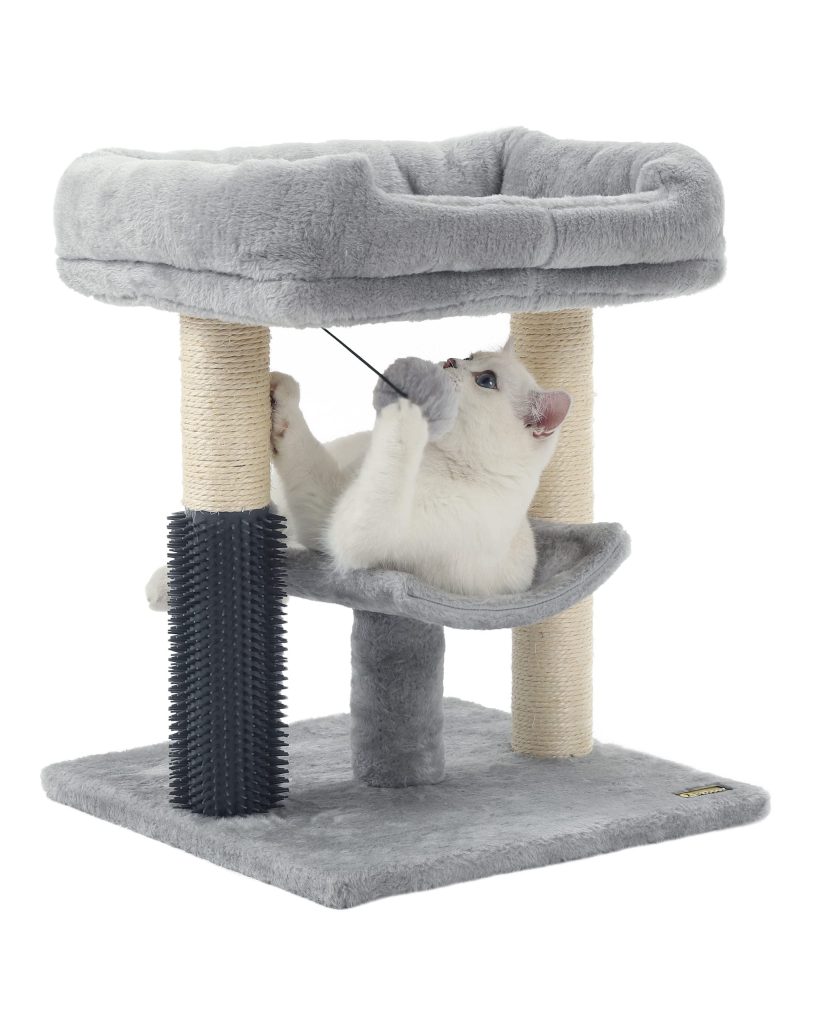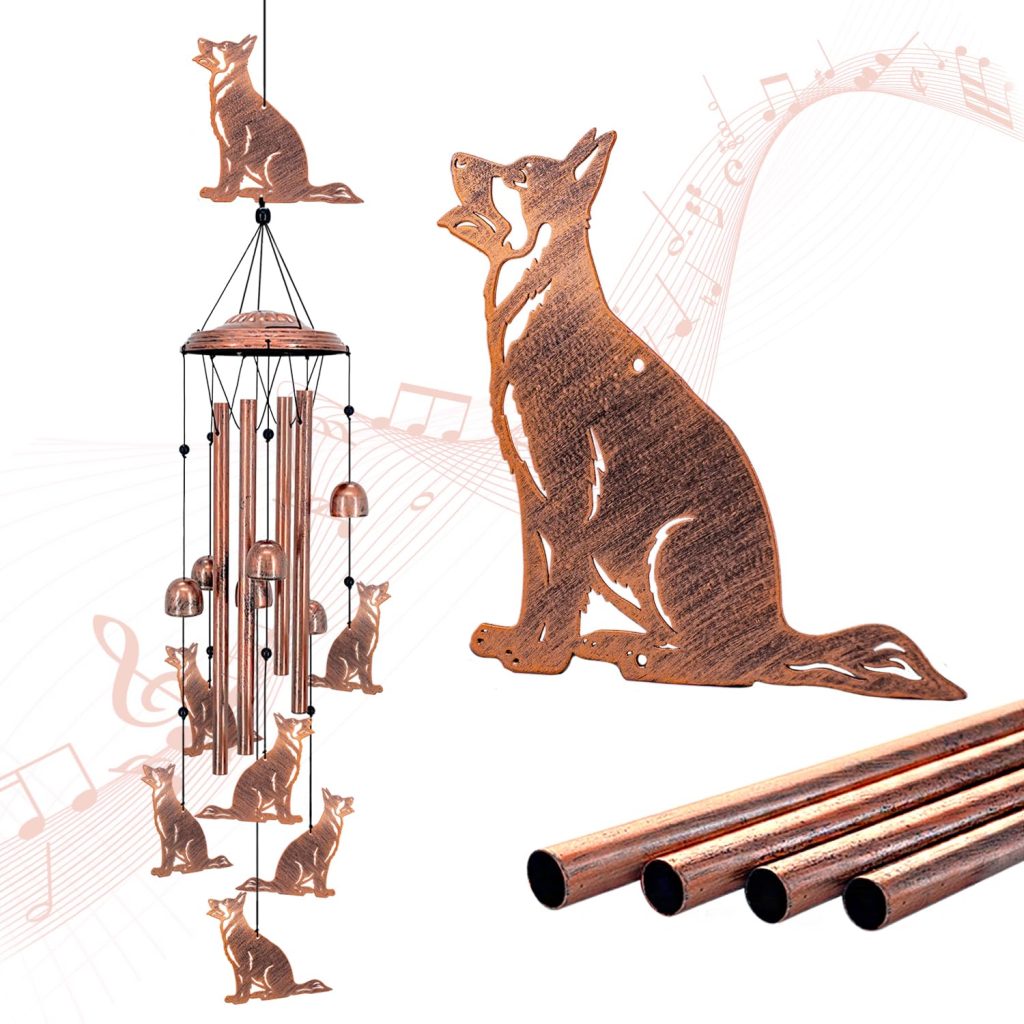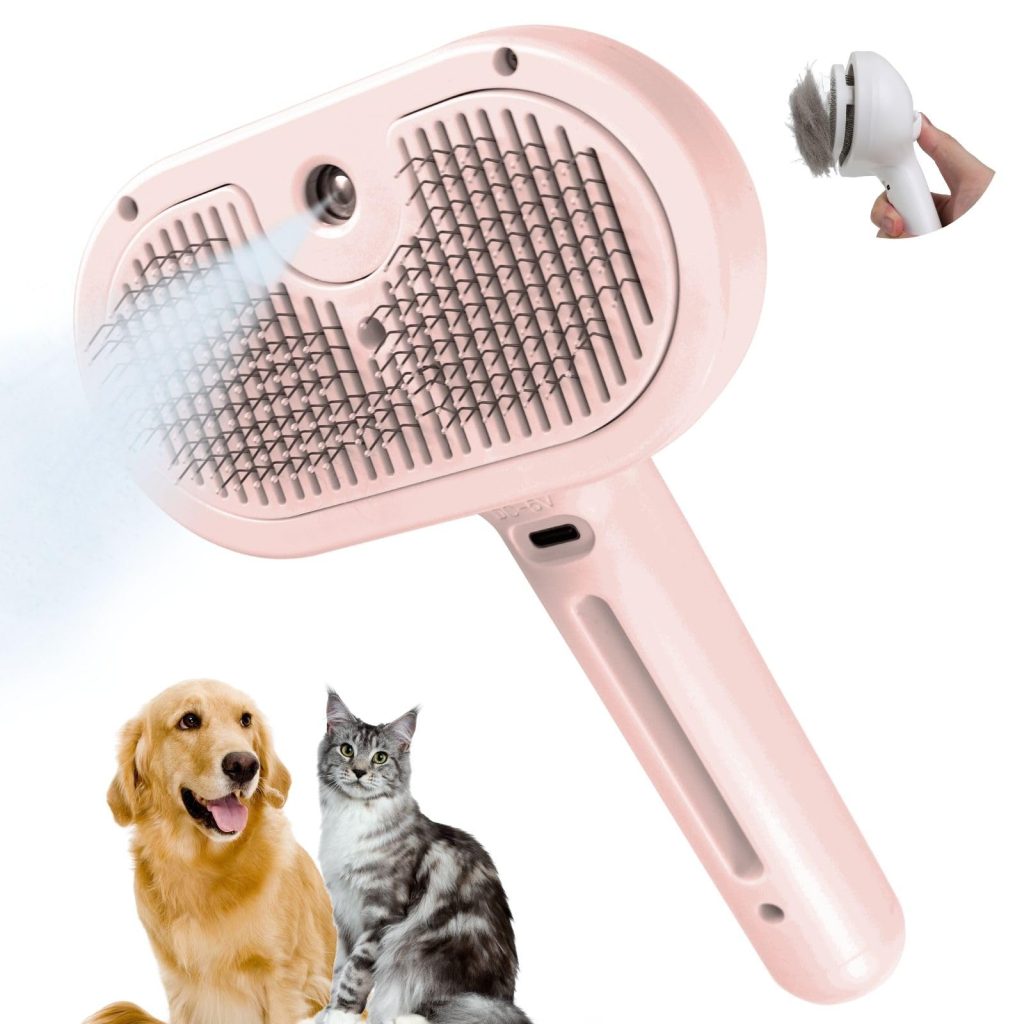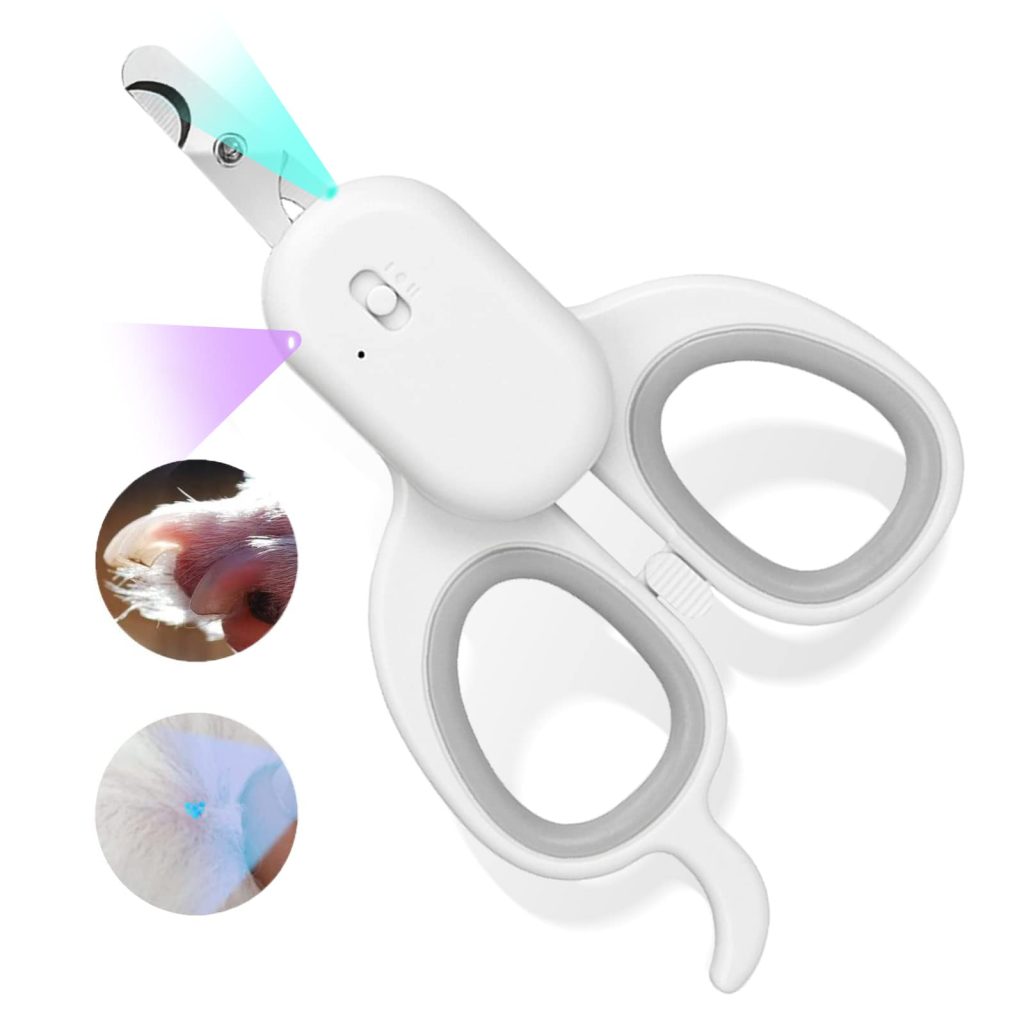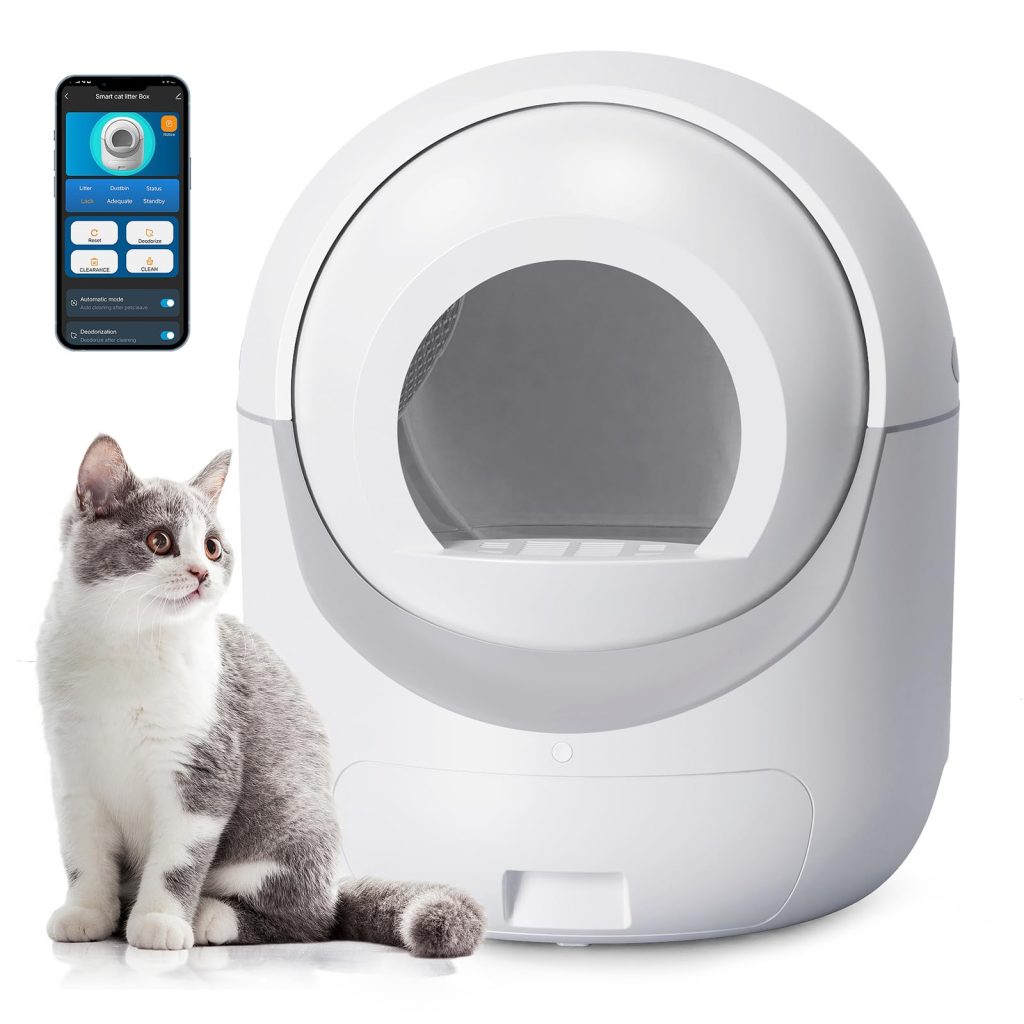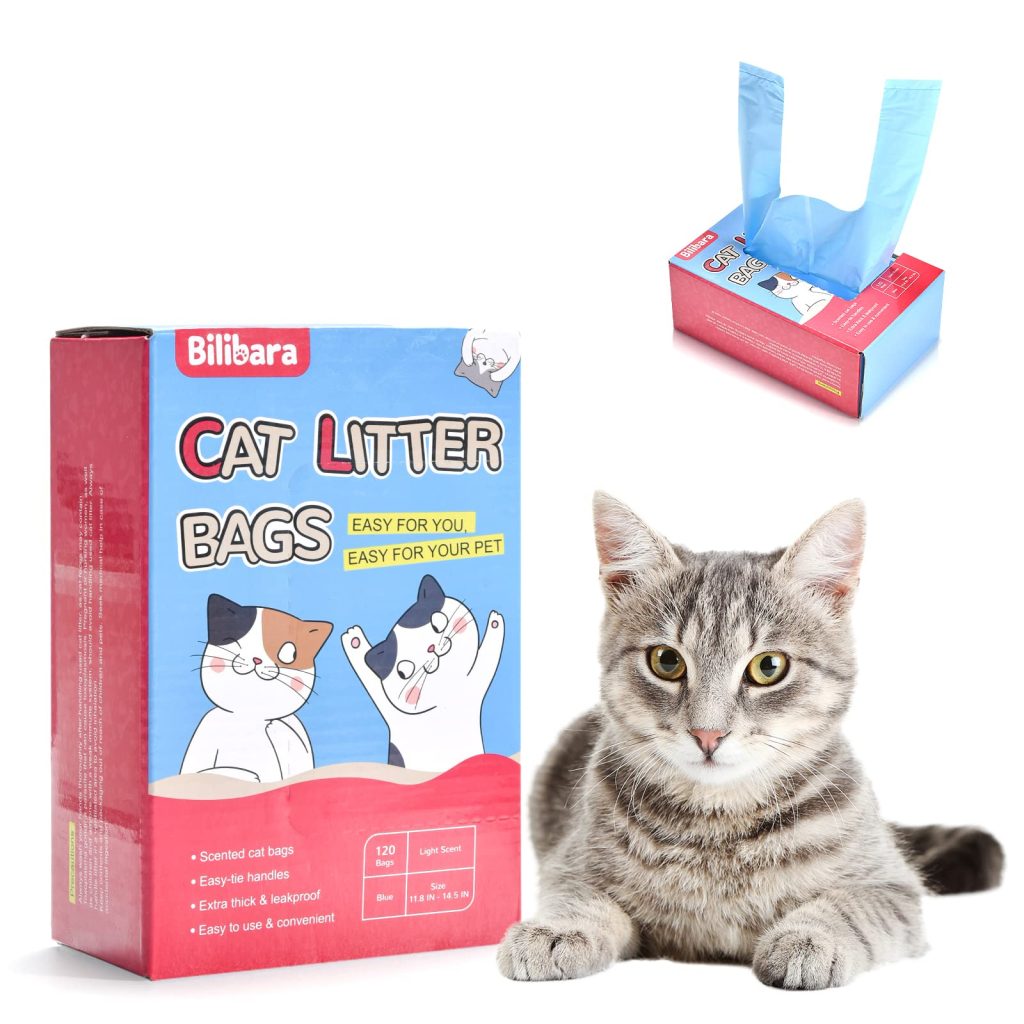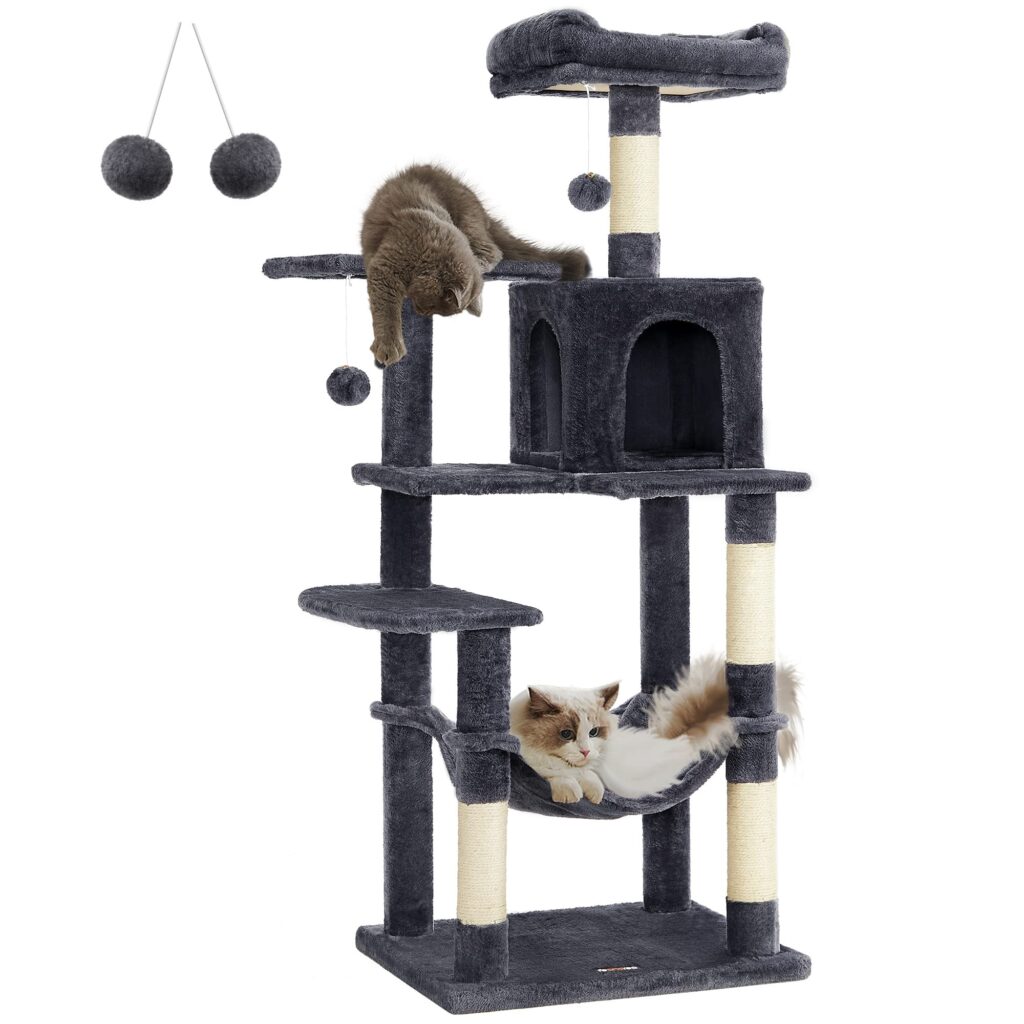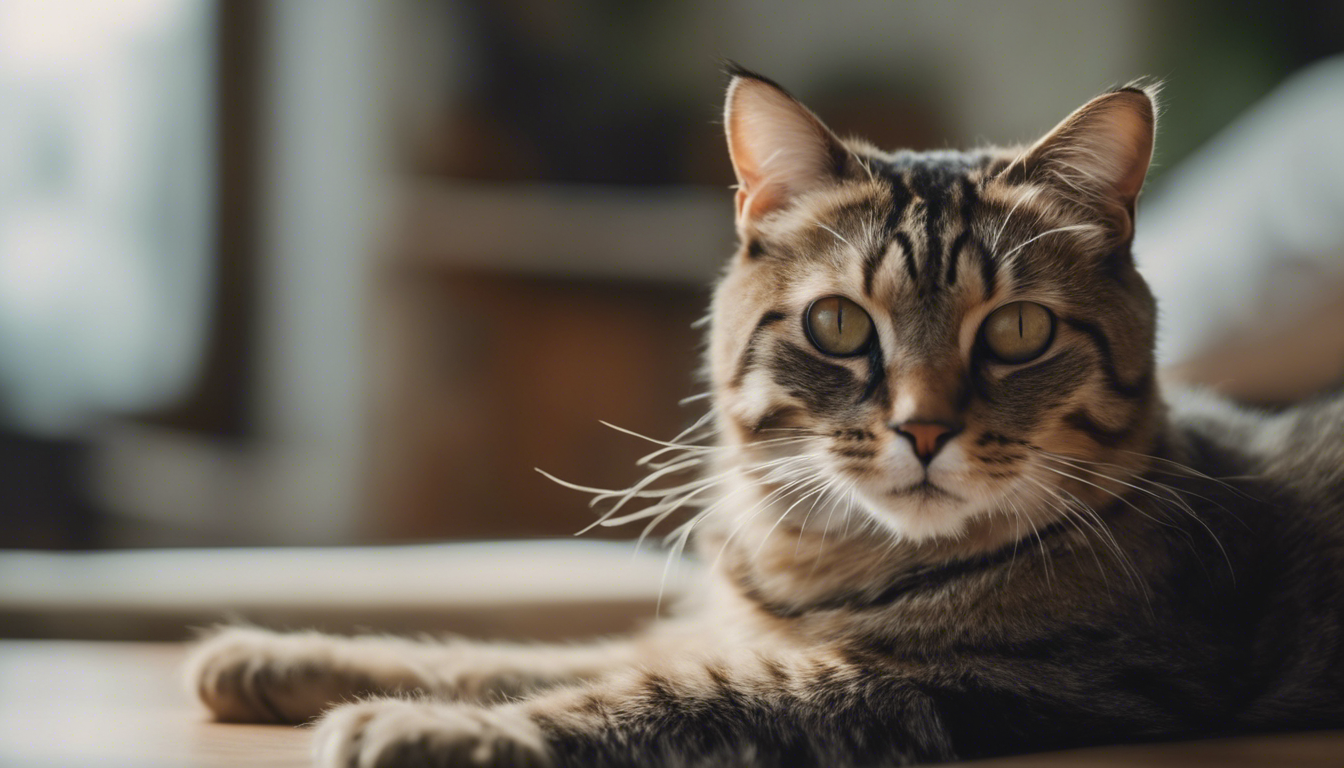
As any cat owner knows, feline grooming is a important aspect of a cat’s life. Not only does grooming help cats maintain a clean and healthy coat, but it also plays a significant role in their overall well-being and behavior. In this article, we will explore the essential aspects of feline grooming, including coat care, claw maintenance, and grooming techniques.
Coat Care
A cat’s coat is its pride and joy. Not only does a well-groomed coat make a cat look more attractive, but it also serves important functions in protecting their skin and regulating body temperature. To ensure proper coat care, it’s important to follow these tips:
- Brushing: Regular brushing helps remove loose fur, prevents matting, and stimulates blood circulation. The type of brush you use will depend on your cat’s coat length and texture. For short-haired cats, a rubber brush or bristle brush works well, while long-haired cats benefit from a slicker brush or comb.
- Bathing: While cats are known for their grooming habits and may not require frequent baths like dogs, occasional baths can help keep their coat clean and reduce dander. Use a cat-specific shampoo and make sure to rinse thoroughly to avoid skin irritation.
- Mat and Tangle Removal: Mats and tangles can be painful for cats and may require special attention. Gently detangle any knots using your fingers or a comb, being careful not to pull or cause discomfort to your furry friend.
Claw Maintenance
In addition to coat care, regular claw maintenance is essential for both indoor and outdoor cats. Cats use their claws for various activities, including hunting, climbing, and marking territory. To keep their claws healthy and prevent destructive behavior, follow these recommendations:
- Scratching Posts: Providing a suitable scratching post or board gives your cat an appropriate outlet for their natural scratching behavior. Cats often enjoy sisal rope or cardboard scratchers, but it may take some trial and error to find the type your cat prefers.
- Nail Trimming: Trimming your cat’s nails regularly not only helps prevent them from becoming too sharp and causing injury but also reduces the risk of accidental scratches during playtime. Use a cat-specific nail clipper or guillotine-style trimmer, taking care to avoid cutting into the quick of the nail.
Grooming Techniques
When it comes to grooming techniques, approaching your cat with patience and understanding is important. Cats can be sensitive to touch and may require a gentle and gradual introduction to grooming activities. Here are some tips for successful grooming sessions:
- Positive Reinforcement: Reward your cat with treats, praise, and reassurance throughout the grooming process. This positive reinforcement helps create a positive association with grooming activities.
- Start Slowly: Begin by gently touching and stroking your cat in areas they enjoy being petted. Gradually introduce brushes, combs, or other grooming tools, allowing them to sniff and investigate before using them on their coat.
- Be Gentle: Use a light touch and gentle strokes during brushing or bathing. Avoid pulling on tangles or mats forcefully, as this can cause discomfort and may lead to reluctance in future grooming sessions.
- Monitor Body Language: Pay attention to your cat’s body language during grooming. If they show signs of distress, such as flattened ears, a swishing tail, or attempts to escape, take a break and try again later.
By maintaining a regular grooming routine and using appropriate techniques, you can help promote the well-being and health of your feline companion while strengthening the bond between you and your cat.
In conclusion, feline grooming is not only about keeping your cat looking good but also plays a vital role in their behavior and overall well-being. Proper coat care, claw maintenance, and grooming techniques are all essential aspects of effective grooming practices. By following these guidelines and approaching grooming sessions with patience and understanding, you can ensure that your furry friend remains happy, healthy, and content.
